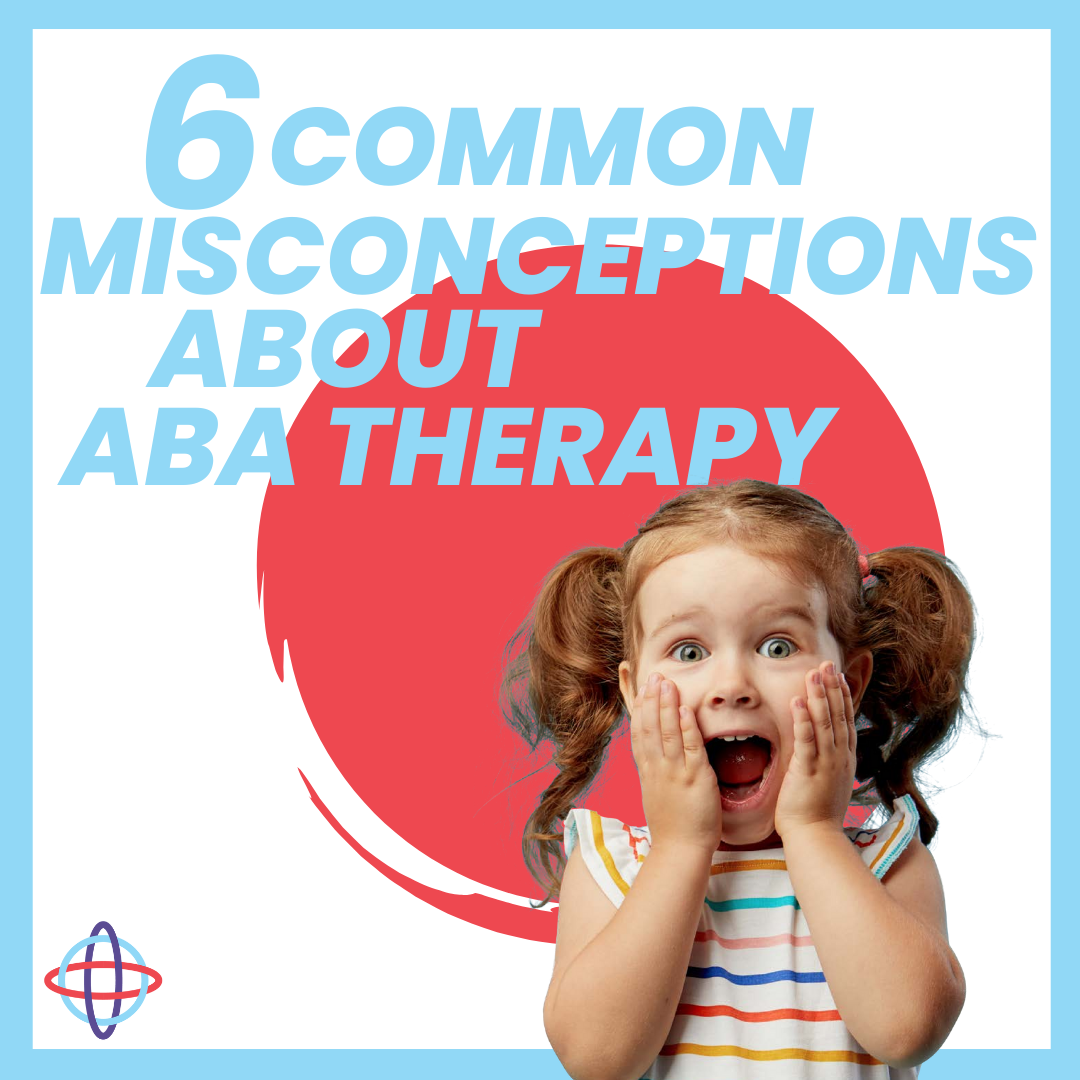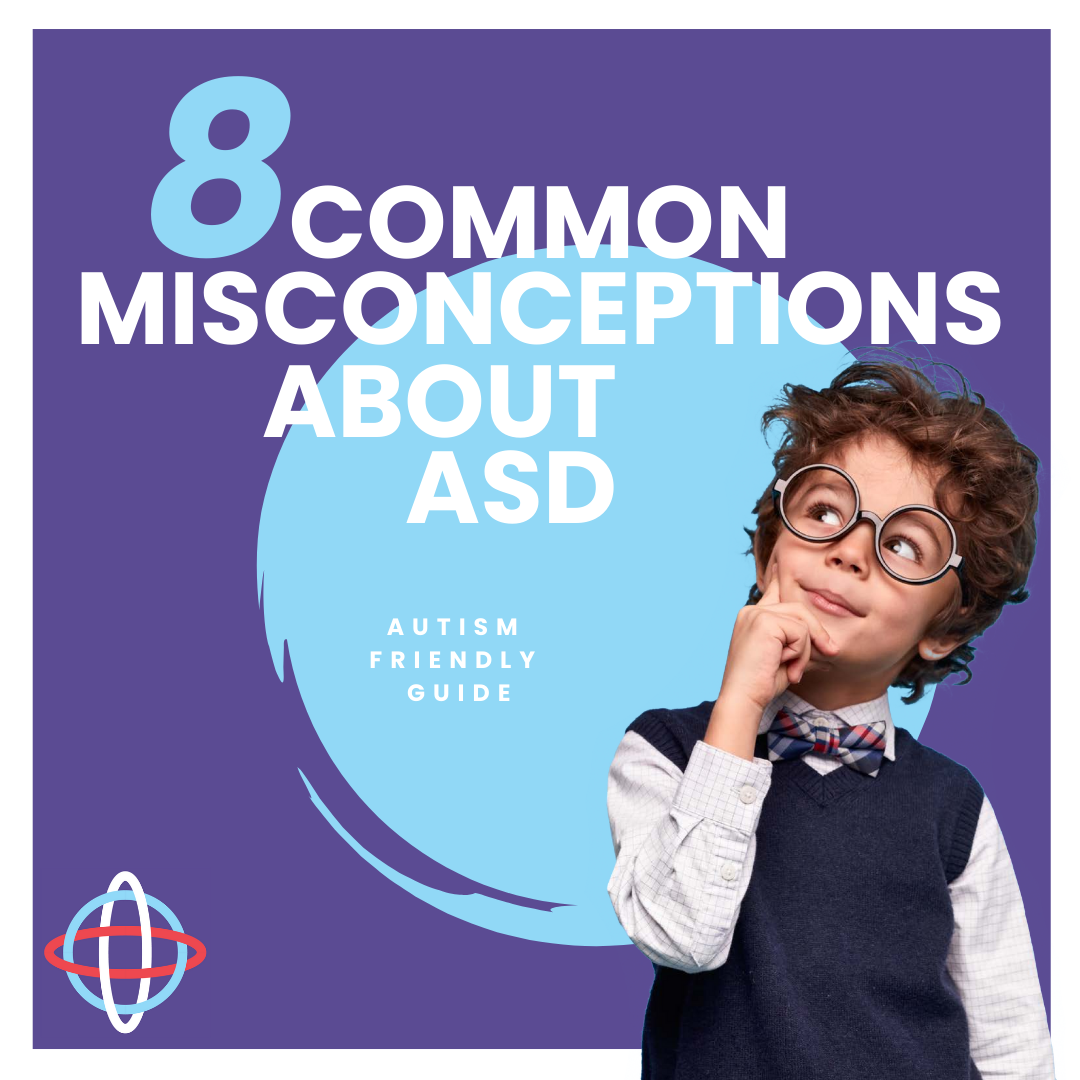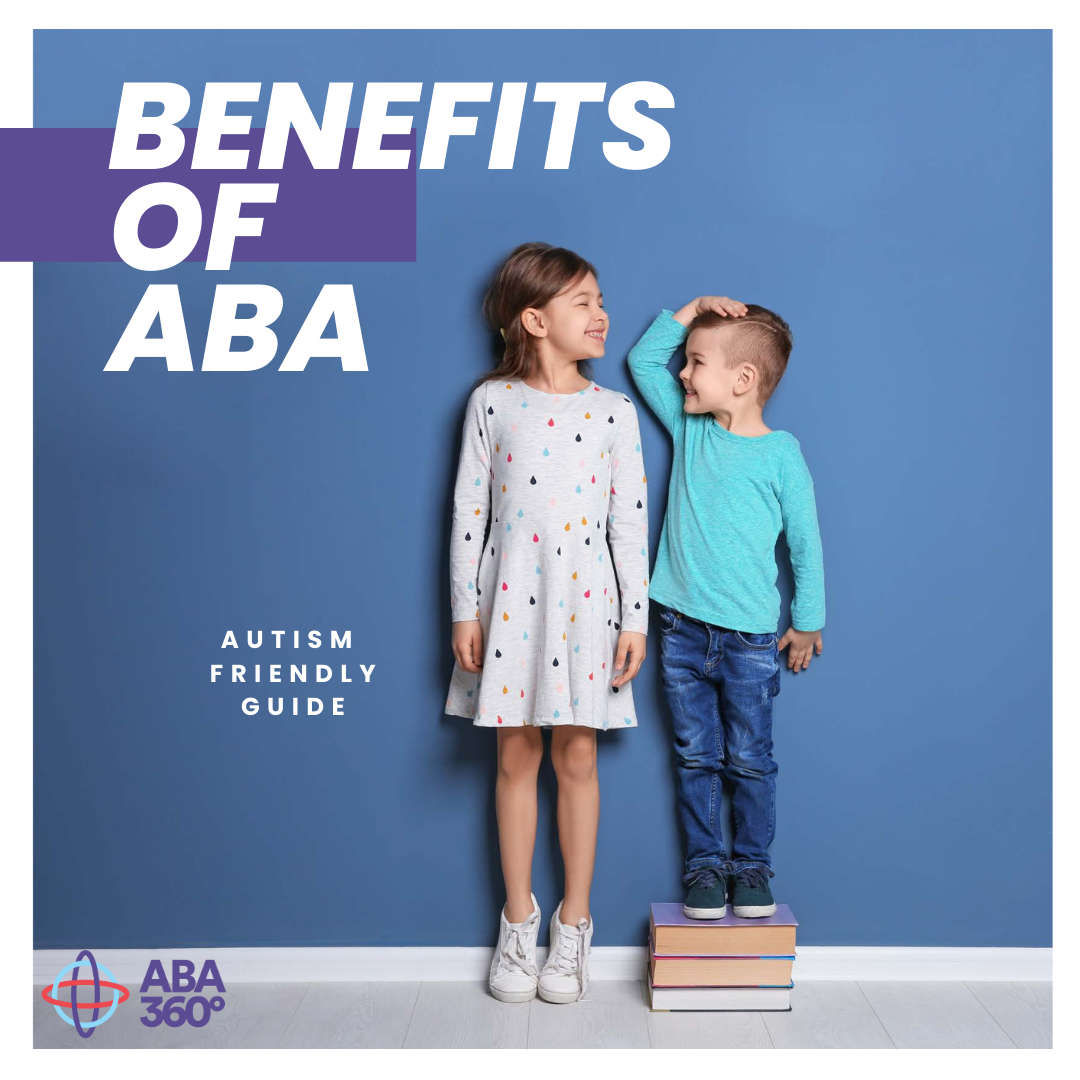You’re here
to help your child. We’re here to help you.
This collection of resources is for you and your family, to guide and support you as you learn and grow together. So much is possible—we’ll help you make it happen for your child.


.png)
















